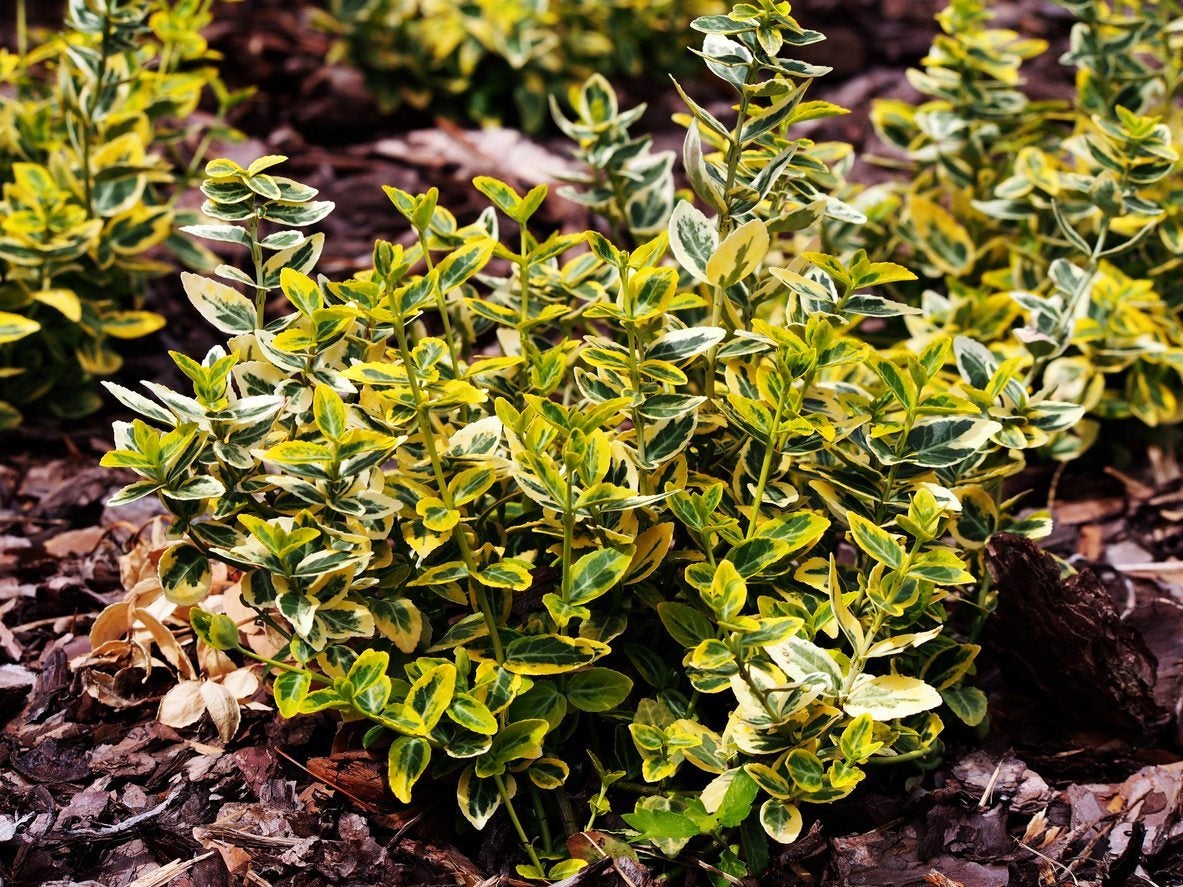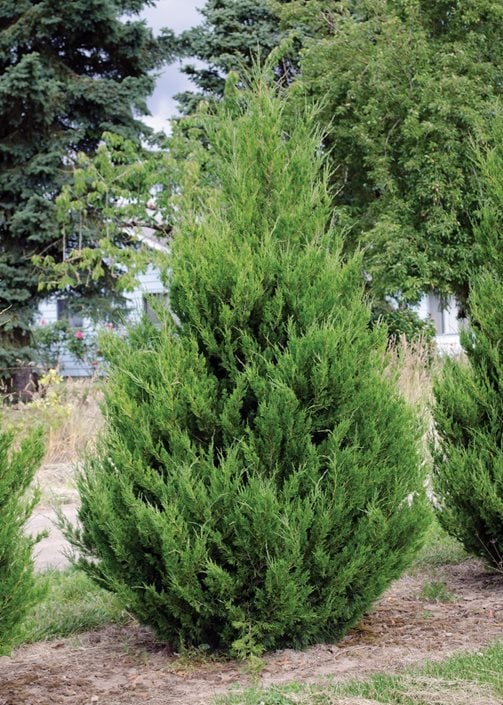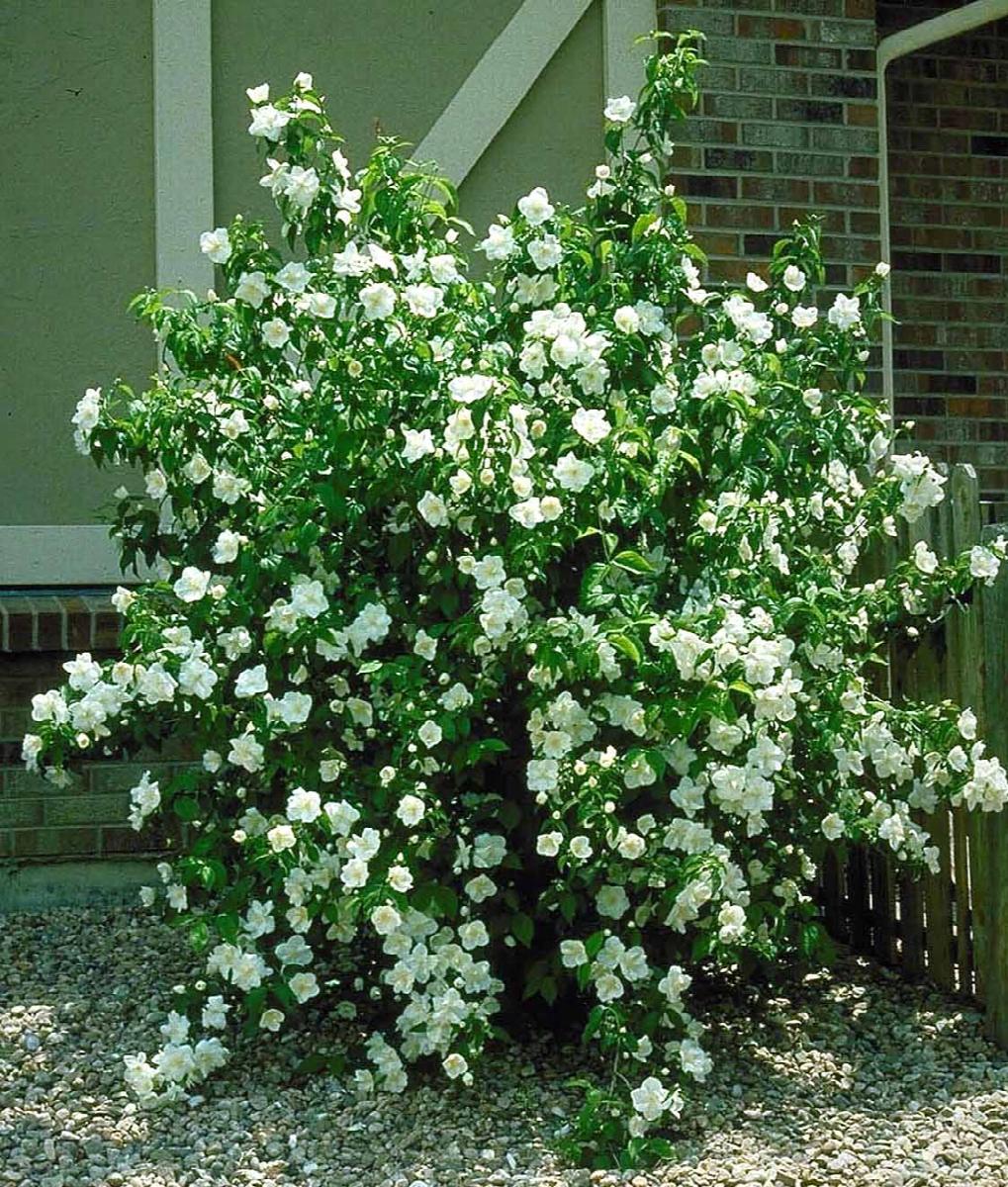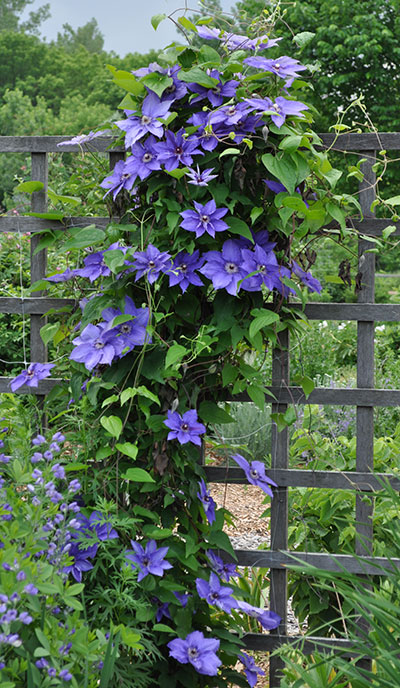The Best Companion Plants For Virginia Creeper
The Best Companion Plants for Virginia Creeper
Virginia creeper (Parthenocissus quinquefolia) is a beautiful and versatile vine that can add a touch of autumnal color to any garden. It's also relatively easy to care for, making it a popular choice for both experienced and novice gardeners.
One of the best things about Virginia creeper is that it can be paired with a variety of other plants to create stunning combinations. Here are a few of the best companion plants for Virginia creeper:
- Ninebark (Physocarpus): Ninebark is a deciduous shrub that features showy clusters of white flowers in the spring. It's a good choice for companion planting with Virginia creeper because it has similar growing requirements and can tolerate some shade.

- Euonymus (Euonymus): Euonymus is a genus of shrubs and trees that includes a variety of colorful foliage varieties. It's a good choice for companion planting with Virginia creeper because it can tolerate some shade and can provide winter interest with its colorful fruits.

- Juniper (Juniperus): Junipers are evergreen shrubs or trees that come in a variety of sizes and shapes. They're a good choice for companion planting with Virginia creeper because they can tolerate full sun and can provide year-round interest.

- Potentilla (Potentilla): Potentillas are herbaceous perennials that feature showy flowers in a variety of colors. They're a good choice for companion planting with Virginia creeper because they can tolerate some shade and can provide late-season interest.

- Mock orange (Philadelphus): Mock oranges are deciduous shrubs that feature fragrant white flowers in the spring. They're a good choice for companion planting with Virginia creeper because they have similar growing requirements and can tolerate some shade.

These are just a few of the many companion plants that can be paired with Virginia creeper. When choosing companion plants, it's important to consider the following factors:
- Sunlight requirements: Virginia creeper needs full sun to partial shade. Make sure to choose companion plants that have similar sunlight requirements.
- Soil type: Virginia creeper prefers well-drained soil. Choose companion plants that also prefer well-drained soil.
- Water needs: Virginia creeper is drought-tolerant once established. Choose companion plants that have similar water needs.
- Growing habit: Virginia creeper is a vigorous grower. Choose companion plants that won't be overwhelmed by the vine.
With a little planning, you can create a stunning combination of Virginia creeper and other plants that will add beauty and interest to your garden for years to come.
Virginia creeper is a beautiful and versatile plant that can add a touch of autumnal color to any landscape. But what if you want to plant something else alongside it? Which plants will complement Virginia creeper's foliage and help it thrive?
The answer depends on a few factors, including your climate, the amount of sunlight you have, and the size of your space. But some good companion plants for Virginia creeper include:
- Climbing hydrangea: This plant has similar growing requirements to Virginia creeper and will add stunning blooms in shades of pink, blue, or white.
- Daylily: These flowers come in a wide variety of colors and bloom for several weeks in the summer. They're also relatively low-maintenance, making them a good choice for busy gardeners.
- Hosta: These shade-loving plants come in a variety of leaf shapes and colors, and they can help to fill in the spaces around Virginia creeper.
- Astilbe: This plant produces delicate pink, white, or purple flowers in the summer. It's a good choice for moist, shady areas.
For more information about Virginia creeper companion plants, visit Gardenia Inspiration. This website has a comprehensive list of plants that can be grown alongside Virginia creeper, as well as tips on how to choose the right plants for your specific needs.
FAQ of virginia creeper companion plants
5 Most Frequently Asked Questions about Virginia Creeper Companion Plants
Virginia creeper is a beautiful and versatile plant that can be used to add color and interest to any garden. However, it is important to choose the right companion plants to ensure that the creeper thrives. Here are the 5 most frequently asked questions about Virginia creeper companion plants, along with valuable insights and solutions:
Question 1: What are the best companion plants for Virginia creeper?
Answer: There are many different companion plants that can be grown with Virginia creeper. Some good options include:
- Hostas: Hostas provide shade and moisture for Virginia creeper, and their large leaves help to conceal the creeper's bare stems in the winter.

- Astilbe: Astilbe is a shade-loving plant that blooms in summer with delicate pink, white, or purple flowers.

- Clematis: Clematis is a vining plant that can be trained to climb over Virginia creeper. The two plants will complement each other's flowers, with Virginia creeper's fall foliage providing a backdrop for Clematis's spring blooms.

- Daylilies: Daylilies are a low-maintenance perennial that blooms in summer with brightly colored flowers. They are a good choice for companion plants because they do not require a lot of water or fertilizer, and they can tolerate some shade.
- Butterfly bushes: Butterfly bushes are a great way to attract butterflies to your garden. They bloom in summer with clusters of small, nectar-rich flowers.

Question 2: What are some plants that should not be planted with Virginia creeper?
Answer: There are a few plants that should not be planted with Virginia creeper, as they can compete for water and nutrients. These plants include:
- Hollyhocks: Hollyhocks are tall, water-loving plants that can outcompete Virginia creeper for water.
- Roses: Roses are also thirsty plants, and they can compete with Virginia creeper for nutrients.
- Wisteria: Wisteria is a vigorous vine that can quickly outgrow Virginia creeper.

Question 3: How far apart should Virginia creeper and its companion plants be planted?
Answer: The spacing between Virginia creeper and its companion plants will depend on the size of the plants. In general, you should space the plants about 1 to 2 feet apart. This will give the plants enough room to grow and spread without competing with each other.
Question 4: When should I plant Virginia creeper and its companion plants?
Answer: Virginia creeper and its companion plants can be planted in spring or fall. However, spring is the best time to plant, as the plants will have more time to establish themselves before winter.
Question 5: How do I care for Virginia creeper and its companion plants?
Answer: Virginia creeper and its companion plants are relatively easy to care for. They need full sun or partial shade, and they should be watered regularly. In addition, you should fertilize the plants once a year in spring.
Image of virginia creeper companion plants
- Daylily: Daylilies are a great companion plant for Virginia creeper because they both thrive in full sun and need well-drained soil. Daylilies also add a splash of color to the garden in the summer, when Virginia creeper is not in bloom.

- Hosta: Hostas are another great companion plant for Virginia creeper. They both prefer shady conditions and need moist soil. Hostas also add a touch of elegance to the garden, while Virginia creeper provides a more dramatic backdrop.

- Astilbe: Astilbe is a beautiful flowering plant that blooms in the summer. It is a great companion plant for Virginia creeper because it can help to hide the base of the creeper, which can become unsightly as it grows older.

- Black-eyed Susan: Black-eyed Susans are a cheerful flowering plant that blooms in the summer. They are a great companion plant for Virginia creeper because they both attract butterflies and other pollinators.

- Coral bells: Coral bells are a colorful flowering plant that blooms in the summer. They are a great companion plant for Virginia creeper because they both prefer well-drained soil and can tolerate some shade.

Post a Comment for "The Best Companion Plants For Virginia Creeper"